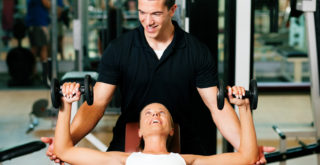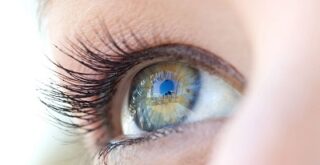Sitting disease? Now you’ve heard everything. But did you know that the risk of a heart attack for those who sit all day is that of a smoker? Did you know that office employees polled said that they felt they would be more productive if they could get up more and even work on their feet?
Sitting disease is a condition that is impacting a rapidly rising number of people as more physical labor jobs become stationary standing or desk-based positions. As a larger number of us find ourselves chained to a computer every day, this condition spreads further.
Who gets sitting disease?
The first thing that should be clarified is that sitting disease isn’t actually a specific diagnosable illness. It doesn’t involve a particular injury, nor does it mean you have caught a virus or bacterial infection. It doesn’t mean that fungi or yeast are wreaking havoc in your body. That said, it is a condition worth knowing about and taking seriously.
Sitting disease is a condition that stems from a lifestyle which is primarily sedentary. The types of lifestyles that are most affected are those that work in office settings or work from home and never escape the home office. Anyone whose personal and professional life keeps them from being physically active is at risk.
There are, of course, a number of other factors that can come into play that have nothing to do with lifestyle choices. People who are ill, injured or who have certain disabilities that affect their mobility may not be able to be as physically active as the typical recommendation. This can mean being sedentary temporarily or over the long-term.
What kinds of health issues can develop from a sedentary lifetyle?
The kind of complications that can develop as a result of sitting disease can range from mild and not much more than a nuisance, to fairly serious. We already covered heart disease as being a large factor but, the number one most dangerous one is DVT.
What is DVT? This is actually Deep Vein Thrombosis which is when a clot forms deep in the vein and then silently cuts loose with or without any symptoms at all and travels through the body. This can easily become a deadly occurrence, making it clear why it’s so important to get up and move around regularly throughout the day in order to prevent DVT.
It takes more than just moving around to get rid of DVT but it takes very little to actually prevent it. Walking around enough to get the blood flow going can be quite beneficial for prevention, as can keeping cholesterol levels controlled. However, the most important thing is keeping the blood from pooling and that is what happens when you just sit there.
Other problems associated with sitting disease can include reduced respiratory strength, serious lower back issues, joint pain, muscle weakness, and obesity. Each of these issues can place you at risk of yet other complications and can lower your quality of life and overall wellness.
How to prevent sitting disease
Preventing sitting disease and all its associated issues is pretty much as obvious as it sounds. Stop being seated so much! Yes, many of us just rolled our eyes and said: “easier said than done”. After all, if your job requires you to remain tethered to your desk, taking off every half hour for a brisk five-minute walk is likely not going to be appreciated by your manager.
That said, simply standing up and stretching your muscles can make a difference. You may still be able to talk on your phone while walking on the spot. It’s becoming more common to take walking meetings. When you do have breaks, use them actively. Jog up and down the stairs instead of using an elevator or escalator. Take a brisk walk at lunchtime instead of spending the whole time seated in the break room.
After work, go for a good brisk walk, jog or run. Go swimming. Ride your bike. Prevent sitting disease by avoiding the urge to sink into the couch and stay there all evening. Even if you do, get up now and again for a five-minute run on the spot or some jumping jacks. Start and/or end your day with a yoga session – even a short one – to keep your body from stiffening up, to make the thought of moving around more appealing. This will also keep your energy high, which is also great for motivating you to get up and move.
FURTHER READING: How to Counter the Health Risks of a Sedentary Lifestyle



















